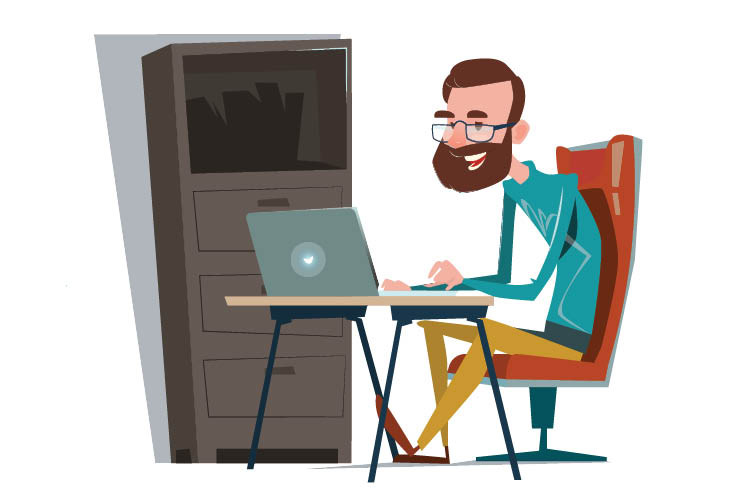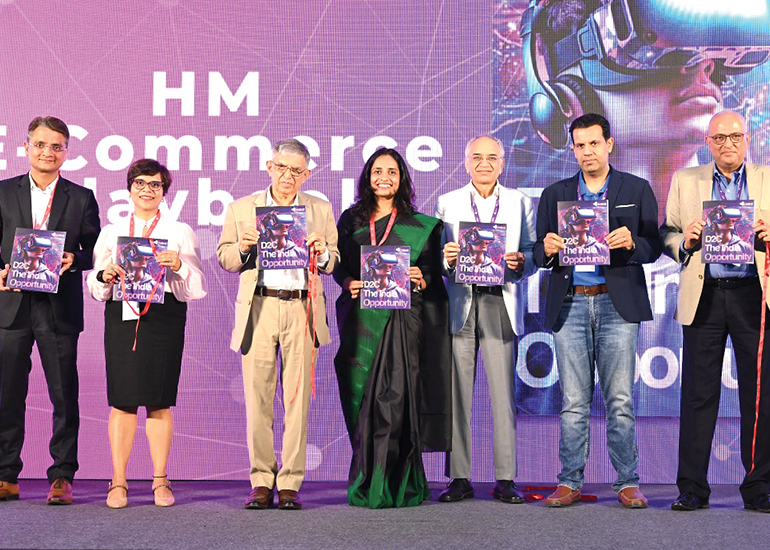While the lockdown has had various versions – now we are in Lockdown 5 (and Unlockdown 2.0…. It’s all very confusing) – the WFH model has remained pretty much the same. There is no difference between the first couple of weeks and now. Only that the realisation has dawned that we are going to be in this mode for a much longer time than we had initially believed. The temporary adjustment has become a more ‘permanent’ way of working. And there’s talk about what ‘work’ should look like once the crisis is over. According to a report, 59% people want the option of remote working in the post-COVID world. Surveys that we have done in our company also throw up a similar percentage.

So, after more than 100 days of working from home, are we finally admitting that this could be the new normal? Now, I have been a big proponent of focusing on people’s output rather than their input. I believe people are responsible enough to manage their own time. However, what we have witnessed for the last few months is different than allowing for flexible working hours or letting some people work from home. This time the entire organisation had to work remotely. Rather than having an option to work from home everyone had to work from home. And second, this was working from home while under lockdown. This meant that there was other, non-office related work – household chores and responsibilities that needed to be taken care of. Third, we had very little notice to get ourselves organised. And finally, the anxiety around the pandemic also caused a lot of stress.
Despite all of the above, we have managed rather well. So much so that people have come to believe that this can be a workable model even after the crisis is over. I agree that it is possible. I wouldn’t go so far as to say that there are no benefits to having a physical office – there are many. However, I would certainly look at a scenario where, on any given day, we don’t have more that 50% of our staff working in office. But to institutionalise this, we need to take certain measures. And as with most things in any organisation, it starts from the top – the leadership.
Trust: The most important lesson that we should have learnt from our experience of the last 100 days is that we just have to trust our people more. One of the things that has impressed me (and not surprised me at all), is that I keep hearing how people are actually more productive, more responsible and more committed. This at a time when it’s easy not to be.This crisis has helped shape a new leadership style that is less authoritative and more empowering.
Appraisals, Evaluation and Culture: According to a report, people feel there is pressure on them to report to work. To be seen in office irrespective of whether they are actually working. There is even a term for it –presenteeism. Our HR people have to change this. And, of course, we have to work on building a new culture and rules of engagement for people working from home. This includes respecting people’s time – having ‘office hours’ even if people are not in office.
Home Infrastructure: Obvious but most important, the need to provide staff with appropriate infrastructure – starting with a basic, high speed broadband connection to hardware that is required to operate from home. In fact, we are making an assumption that everyone can work from home easily. In cities like Mumbai, with small apartments, it may be difficult for many people to find the appropriate corner in their homes to work from, especially if they live in an extended family.
In conclusion, as a knowledge-based industry, we are lucky that we have the genuine option of making WFH or remote working a more permanent solution without losing out on productivity and efficiency. And, if more companies follow suit, reducing the stress on the creaking infrastructure of our cities and reducing pollution, the lovely clear blue skies that have been shared on social media in the last three months can continue post the current crisis.























